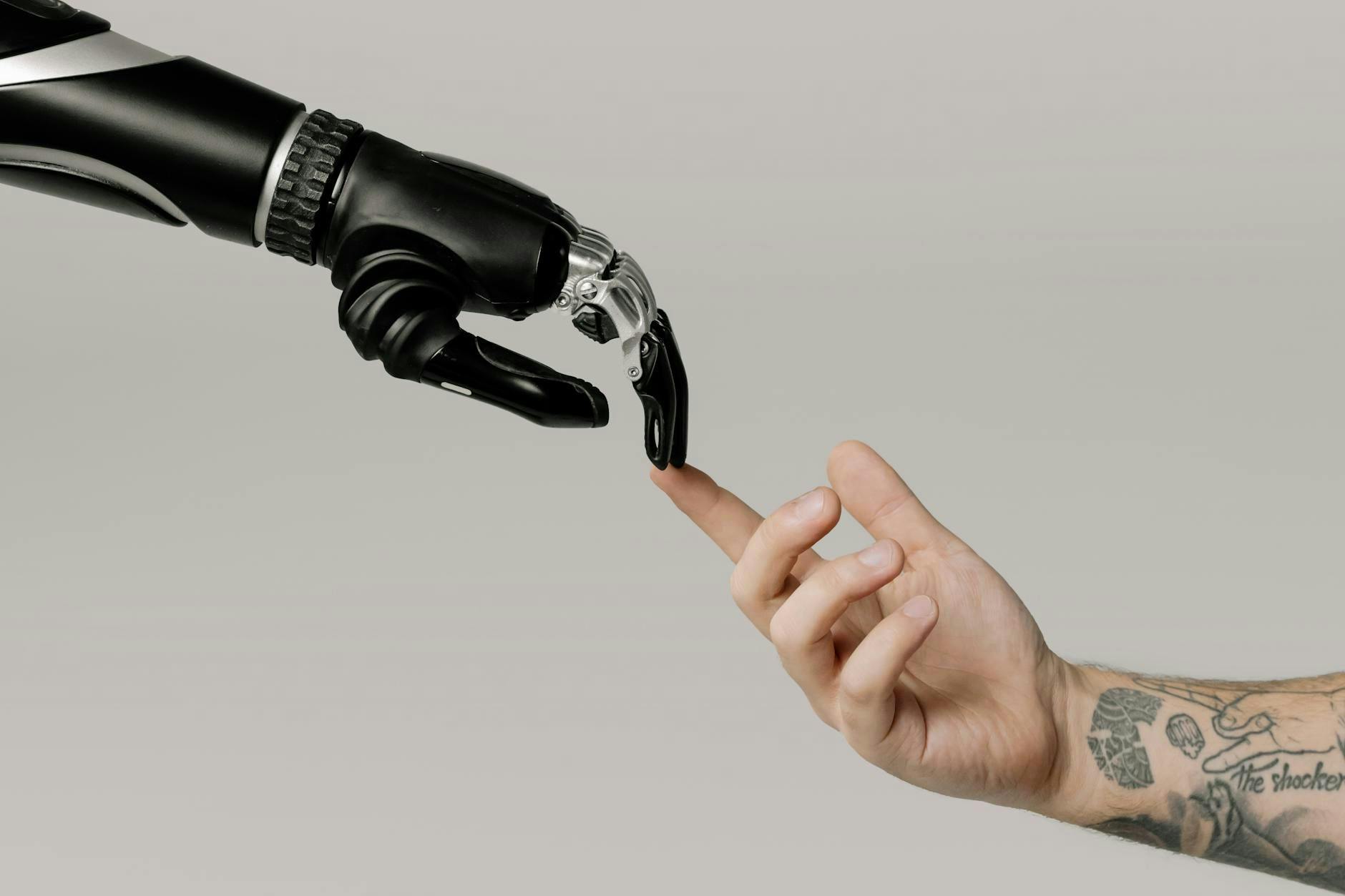A while back, I found myself stuck in a customer service nightmare. You know the kind—trying to get a refund from an airline chatbot that just wouldn’t budge. Every response started with, “I understand your frustration,” but it was clear this bot didn’t get me at all. Instead of solving my issue, it just kept looping me back to some FAQ page like a broken record.
That’s when I realized: AI empathy is a wild mix of brilliance and limitation. Sure, AI can sound kind of human these days, but is that enough to make customers feel heard? Not quite. So, can AI ever truly replace human empathy in customer service, or are we asking too much from our digital helpers?
Let’s dig into it.
AI in Customer Service: The Good, the Bad, and the “Wow, That’s Impressive”
AI has been hanging around customer support for years now. But lately, it’s gotten way sharper. Think chatbots answering FAQs, virtual agents solving problems in banking, retail, insurance—you name it. Businesses love it because AI shows up 24/7, doesn’t get snippy, and works at lightning speed.
But the next frontier? Teaching AI to be kind. Or more specifically, to sound empathetic. Thanks to models like ChatGPT and Google Bard, bots now sprinkle in lines like, “I’m really sorry to hear that,” and “I totally get how frustrating this must be.” Honestly,
But here’s the catch: AI empathy? It’s still surface-level.
How Bots Are Learning to Sound Like Humans
AI isn’t sitting there feeling guilty for your late package. It’s just super good at noticing patterns. These models train on mountains of real human conversations and learn what works in different situations.
Say you message a bot with, “I’m really upset that my order’s late.” Chances are, you’ll get a reply like:
“Oh no! I’m so sorry about the delay, I totally understand how that feels.
“I’d be frustrated too—let me check on this for you.”
It feels warm and human. But behind the scenes? It’s just a really clever script.
Now, here’s where it gets more interesting.
So instead of generic sympathy, the bot might adjust and say something softer or escalate you to a human sooner.
But… Is That Creepy? Let’s Talk Privacy
Here’s the elephant in the room: how much emotional data is too much? These emotional AI tools analyze your words, voice, and sometimes even biometric data (think heartbeat or facial expressions) to figure out your mood.
It’s cool tech, but also a bit unnerving. Most customers aren’t thrilled when they find out a bot might be tracking their emotional state behind the scenes. Plus, there are legitimate privacy risks. What happens if that sensitive data—like clues about your emotional health—gets hacked or mishandled?
So, companies need to walk a fine line. Yes, customers want faster, more empathetic service—but not at the cost of their personal privacy. Transparency and strong data protection are non-negotiable if businesses want to keep customer trust intact.
Needless to say, 40% of support professionals
When AI Gets It Right (And When It Really, Really Doesn’t)
There are
Another success story? Trust & Will, a SaaS company in the estate planning space, created a chatbot called “Will-E” (great name, right?). They programmed Will-E to be extra sensitive since their customers are often dealing with heavy, personal stuff like wills and family estates. The result? Will-E now resolves a ton of issues on its own and still makes customers feel reassured. A 75% customer satisfaction rate is not at all bad for a bot!
But then, there’s my airline chatbot disaster. It kept spitting out the same copy-paste empathy lines without actually doing anything to solve my problem. No escalation, no real resolution, just… “We understand your frustration”.
Here’s what I think: when it’s an emotional or complicated scenario, canned empathy just won’t cut it. That’s where you need a human who can read between the lines and act accordingly.
Humans + AI = The Power Combo
So, what’s the move? Scrap AI entirely? Definitely not.
The best customer service teams are blending AI and human support like pros. Here’s how:
-
Let AI do the easy stuff. Password resets, shipping updates, basic troubleshooting—bots can handle this all day.
-
Flag the big stuff for a human. If a bot detects anger, confusion, or urgency (especially thanks to those emotional AI APIs), it should hand things over to a person.
-
Be upfront about the bot. People are cool chatting with AI, as long as they know it’s AI. The frustration kicks in when bots pretend to be human and fail to deliver.
-
AI as a sidekick. Most companies today are using AI to help human reps behind the scenes—drafting responses or suggesting actions—while the human still takes the lead.
Wrapping It Up: Where Are We Headed?
AI empathy is improving fast, no doubt. And as emotional AI tech evolves, bots will probably get even better at reading the room. But here’s the thing: no amount of programming can replace the real-life empathy that comes from human experience.
A bot can say, “I’m so sorry to hear that,” but only a human can decide to break protocol to save the day or offer a solution based on gut instinct.
So, here’s my take: the future of customer support isn’t AI or humans—it’s AI and humans, working together. Bots can take care of the busy work and help agents sound more polished, while humans step in when real compassion and problem-solving are needed.
And trust me, your customers will notice the difference.
So, next time you’re thinking about revamping your support team, ask yourself: Are you using AI to make your human team more efficient? Because that’s where the magic happens.











